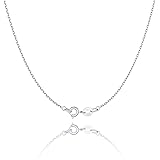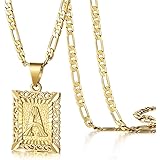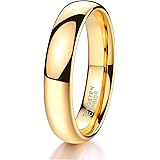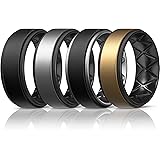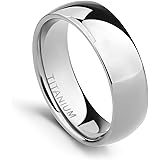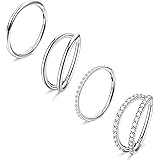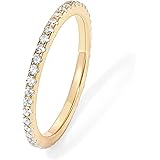The Necklace Nebulae is a 19-trillion- Kilometer-wide cosmic nebula found about 15,000 light years from Earth, in the central region of our galaxy. It was first found by the Isaac Newton Telescope, a ground-based Hi – alpha astronomical survey of the inner regions of the galaxy. In 2005, it was again revealed from the orbiting Very Large Telescope. The necklace has so far been the most distant known celestial object to be filled with neutral gas. Although it is dark, it is thought to be a neutral gas, similar to gasses that are present at the centers of other celestial objects, but very cool and very similar in density to the cold atomic clouds of outer space. Many theories have been formulated in attempts to explain its origins and nature, including theories that it is a void of cold matter that is surrounding a bulge of cold gas, much like a cocoon.

To make a full-color image of the necklace nebula, astronomers use wide-field infrared and optical instruments. A wide-field imager includes wavelengths of visible light, which passes through the jelly-like “honeycomb” structure and are observed with a variety of optical and radio telescope instrumentation. Optical telescopes include the MPG/ESO telescopes on the European Southern Observatory (ESO), the Keck observatories on the Hawaii and Maui Islands, and the Very Large Telescope (VET) on telescopes on the telescopeery board of the Astronomy Center of Iowa. Radio telescopes, such as Parkes (radio telescopes), Very Small Aperture Radio telescopes (VAR), and Radio telescopes like the Very Cool (Very Large Radio Telescope), Radio North America (UCX), and Parkes (radio astronomy radio telescope) also contribute to the discovery of this spectacular object.
The necklace nebula usually comes in two parts – the spiral arm which can be shaped into a disk and the loop arm. The spiral disk can be made of numerous gases, including iron, carbon, silicon, sulfur, oxygen, and others. Sometimes, it consists of a black hole, although not very often. Either way, the disk’s interior remains very cold, making it a good laboratory for studying stellar compositions. Because of its unusual rotation, it also makes it an excellent quasar test model.
The most common method to study a necklace nebula is to look for the star formation region surrounding it. If the rapidly whirling stars can be seen to have a clear separation from the background, the system is mostly made up of ordinary stars, rather than pulsating stars or white dwarf. In fact, if the rapidly whirling stars cannot be seen to have a separation, it is very likely that there is a companion to the system, and these companions are very similar to the stars we know and love. It is much easier to see this close to the background because the stars are moving much faster than the background.
To confirm if a necklace nebula is made of gas clouds, one needs to use a very powerful instrument, like a Very High Energy Visible Telescope (Wellington Institute for Astronomy). And if it is not a gas cloud, it is quite possible to use a smaller instrument in a variety of photographic scenarios. For example, if you are studying a chain of stars, such as a Sagittarius double spiral, a quarter of a million stars close together, it would be easy to see the effect of circular motions on the stellar wind.
